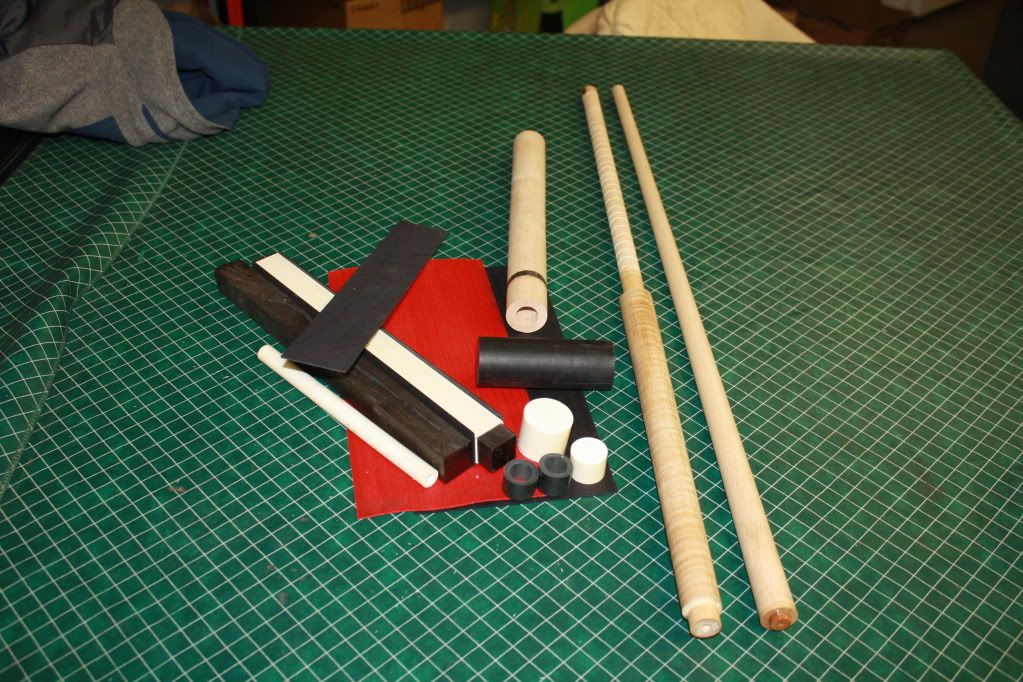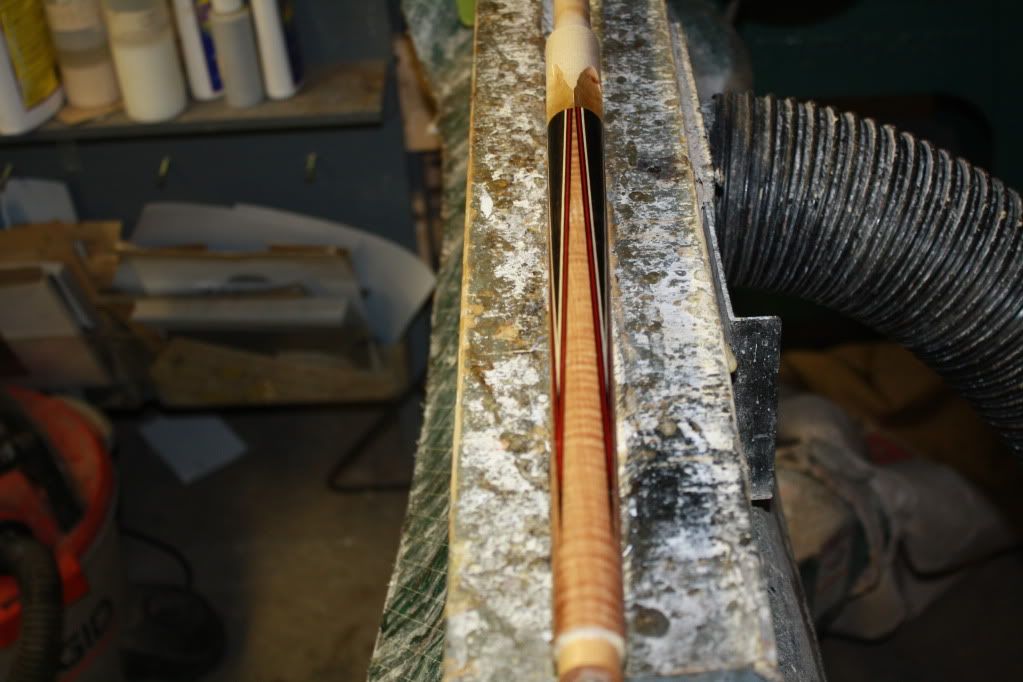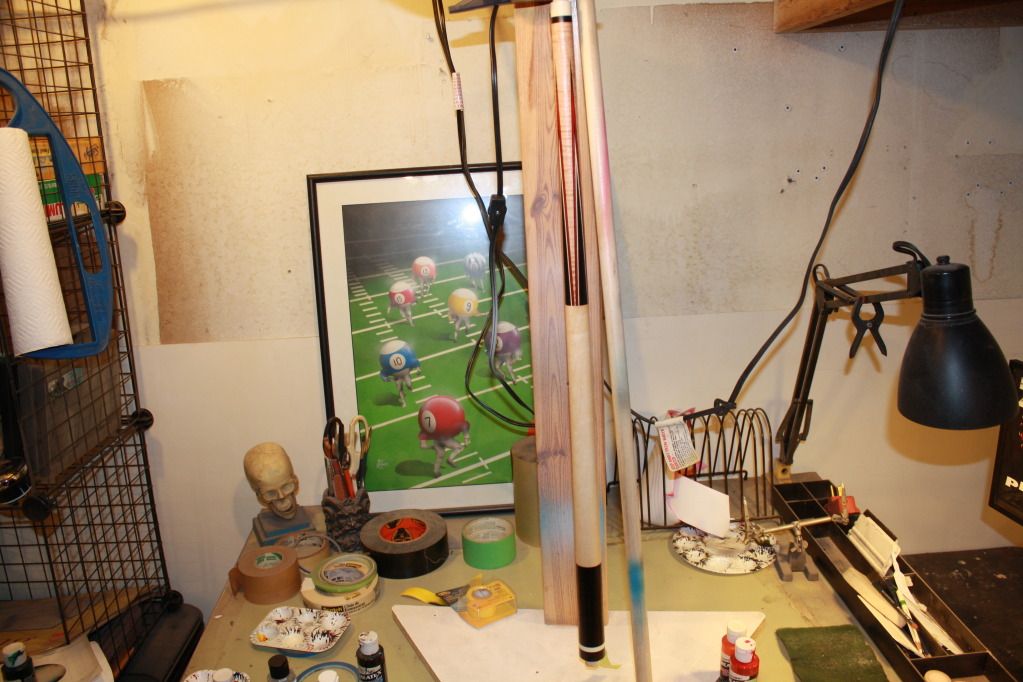Hi,
Me personally, I like a soft or quiet hit over the high pitch resonance or ping. Full coring with seasoned straight maple dowels produces a very consistent frequency even with different wood choices. Because the dowel is 3/4" from stem to stern the tapered nose end has only a .042 wall on each side of the dowel.
A maple forearm sounds not too different than ebony for example because of the constant maple dowel. Each wood only adds a slightly different flavor to the hit. IMO the polyurethane expanding glue bond in the core annulus is a big equalizer and a huge factor why the hit of these cues ring so low freq. and are similar and consistent.
I try to stay away from a lot of different woods and stick with maple, ebony, cocobolo and other rosewoods, bacote, padauk, lacewood, yellow heart, tulipwood, purple heart with an occasional palm or bubinga
alway using straight grained maple handles under the wrap.
I know there are a lot of players that seek the ping or ring tone. I know I have selectively eliminated them as future customers but I think that is ok as I like to find customers or players that like stiff hitting cues with a quiet or soft hit.
After many years building a ton beta cues, field testing and experimenting with different construction methods before even considering the first sale to the public I made the choice and commitment. All of my beta cues where given away to over 40 players friends and employees for downstream field analysis in all aspects of evaluation, not just hit tone. The ones that were the quiet low tone stiff hitting cues scored the highest points in my study that took over 4 years.
Of corse there are many ways to the skin the cat, this is just one way. That's my story and formula and I am sticking with it and will go to my grave doing it this way.
JMO of corse,
Rick G
Here are the components and couple of progress pics of a typical cue built for a stealth sound in the pool room. Normally you would not use Big Leaf Red Maple Curly in the forearm but because of my solid maple dowel, I can and the construction fitness, tone and hit are wonderfully quiet.
Using softer woods like Big Leaf Curly and Padauk with only a slight difference in tone or frequency resonance difference from the harder woods.
Very simple cue designed for a player who wanted the Esoteric Hit in a simple old school minimalist design he brought to my shop.




